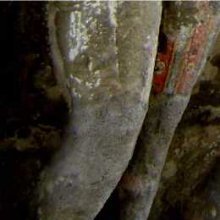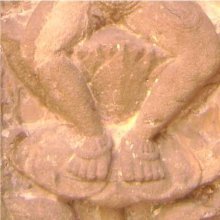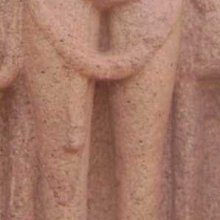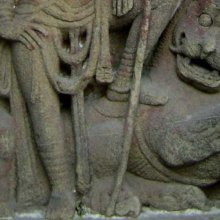Silambu: 1 definition
Introduction:
Silambu means something in Hinduism, Sanskrit. If you want to know the exact meaning, history, etymology or English translation of this term then check out the descriptions on this page. Add your comment or reference to a book if you want to contribute to this summary article.
Images (photo gallery)
In Hinduism
Shilpashastra (iconography)
Source: Shodhganga: The significance of the mūla-beras (śilpa)Silambu (“anklet”) refers to one of the several “attributes” (āyudha) or “accessories” of a detiy commonly seen depicted in Hindu iconography, defined according to texts dealing with śilpa (arts and crafs), known as śilpaśāstras.—The śilpa texts have classified the various accessories under the broad heading of āyudha or karuvi (implement), including even flowers, animals, and musical instruments. The other miscellaneous articles found as attributes in the hands of the deities are, for example, Silambu.
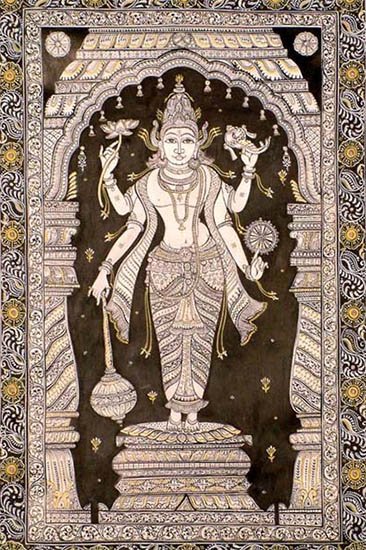
Shilpashastra (शिल्पशास्त्र, śilpaśāstra) represents the ancient Indian science (shastra) of creative arts (shilpa) such as sculpture, iconography and painting. Closely related to Vastushastra (architecture), they often share the same literature.
See also (Relevant definitions)
Starts with: Cilampu.
Ends with: Cilampu, Karcilampu, Varaiccilampu.
Full-text (+1): Mauvalaram, Cilaman, Manivattam, Varaiccilampu, Cilampal, Kutaiccul, Manciram, Pariyakam, Nupuram, Calampu, Silappadikaram, Cilampan, Koncu, Conam, Patukar, Cilampu, Cimpu, Aravam, Pan, Attam.
Relevant text
Search found 2 books and stories containing Silambu; (plurals include: Silambus). You can also click to the full overview containing English textual excerpts. Below are direct links for the most relevant articles:
Pallava period (Social and Cultural History) (by S. Krishnamurthy)
Leg Ornaments < [Chapter 4 - Material Culture of the People]
Conclusion (Material Culture) < [Chapter 5 - Conclusion]
The cultural life of the Pre-Pallava Period < [Chapter 4 - Material Culture of the People]
Village Folk-tales of Ceylon (Sri Lanka), vol. 1-3 (by Henry Parker)
Story 21 - Nagul-munna < [Part I - Stories told by the Cultivating Caste and Vaeddas]
